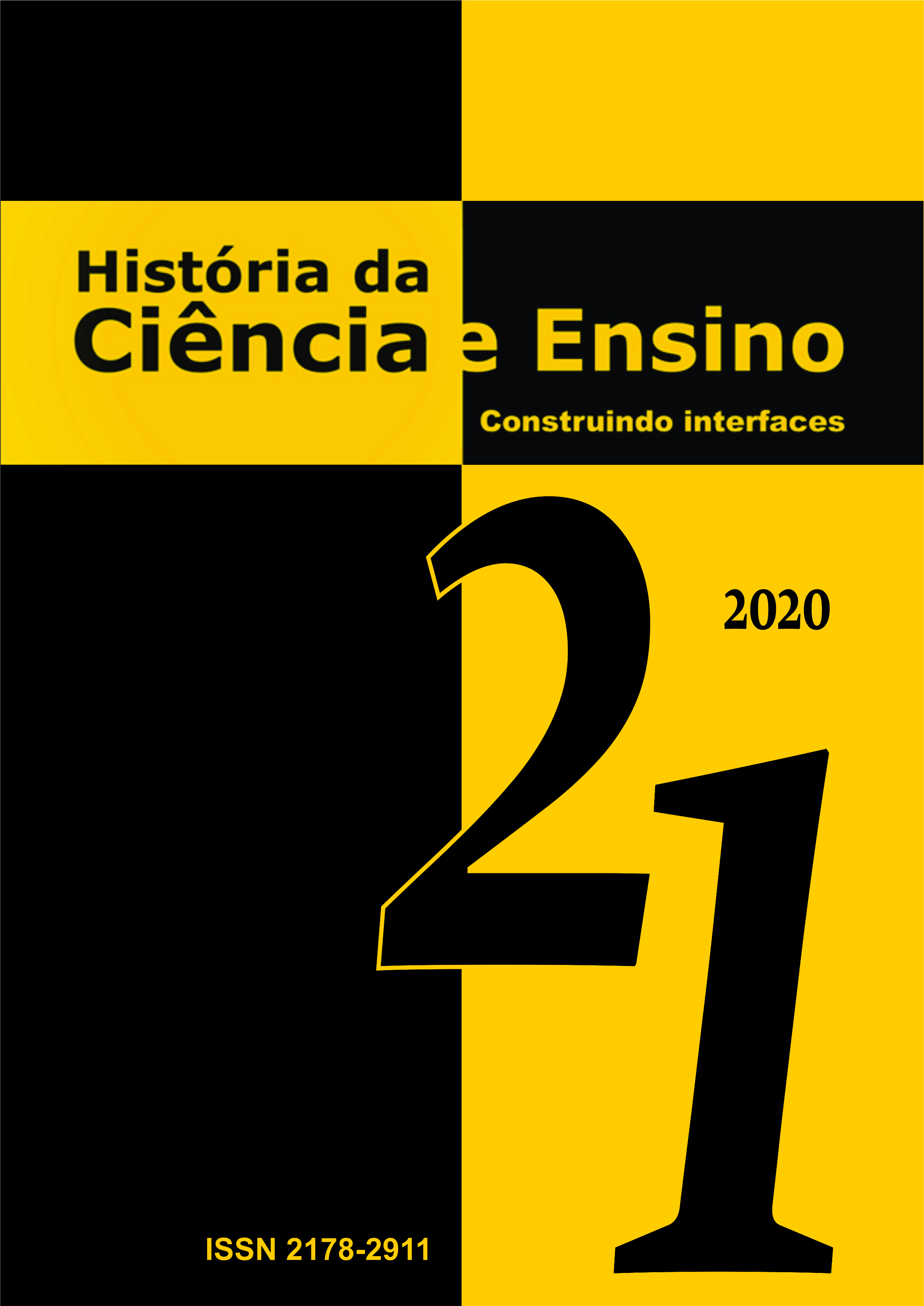Alfred Russel Wallace na Amazônia e a Construção de uma Ideia: seus estudos na distribuição dos animais como uma ferramenta no ensino de biologia
DOI:
https://doi.org/10.23925/2178-2911.2020v21p144-157Resumo
Resumo
Alfred Russel Wallace (1823-1913), naturalista inglês conhecido por seus estudos sobre a seleção natural, teve sua primeira expedição na Amazônia. De 1848 a 1852, observou e descreveu fauna, flora, geologia e grupos humanos que ali habitavam e abordou a temática da distribuição dos animais, apontando os limites de alcance das espécies e sua relação com o meio. O objetivo deste trabalho foi analisar, a partir de livros e artigos relativos ao período, como essa noção do limite de alcance das espécies foi abordado por Wallace e sua importância para a formulação de conceitos biogeográficos e de seleção natural. Houve ainda a construção e aplicação de uma sequência didática no ensino de biologia. Com o material analisado, apresentou-se para os estudantes um processo de construção de uma ideia, valendo-se de textos originais. A sequência didática iniciou-se com alunos do Ensino Médio, lendo trechos escritos por Wallace, com passagens que descrevem o limite de alcance de espécies amazônicas. Em seguida, tiveram que formular hipóteses sobre tais observações. Posteriormente, houveram aulas sobre o histórico do pensamento evolutivo e conceitos de seleção natural. Na finalização, incentivou-se os estudantes a refletirem sobre o processo de construção de ideias na ciência, de forma contextualizada e participativa. Verificou-se que os estudos de Wallace colaboram de forma relevante para o ensino da evolução e história da ciência, apontando a necessidade de novas abordagens nesse tema.
Palavras-chave: História da ciência; Alfred Russel Wallace; Amazônia; distribuição de animais; ensino de biologia.
Abstract
(Alfred Russel Wallace (1823-1913), an English naturalist known for his studies on natural selection, had his first expedition to the Amazon. From 1848 to 1852, he observed and described fauna, flora, geology and human groups who lived there and addressed the issue of distribution of animals, pointing out the limits of range of the species and its relationship with the environment. The objective of this study was to analyze, from books and articles for the period, as this notion of species range limit was approached by Wallace and its importance for the development of biogeographic concepts and natural selection. There was also the construction and application of a didactic sequence in the teaching of biology. With the material analyzed, was presented to the students a process of constructing an idea, using original texts. The didactic sequence began with high school students, reading excerpts written by Wallace, with passages that describe the limits of the range of Amazonian species. They then had to formulate hypotheses about such observations. Later, there were classes on the history of evolutionary thinking and concepts of natural selection. Upon completion, students were encouraged to reflect on the process of constructing ideas in science in a contextualized and participatory manner. It was verified that the studies of Wallace collaborate in a relevant way for the teaching of the evolution and history of science, pointing out the necessity of new approaches in this subject.
Keywords: History of science; Alfred Russel Wallace; Amazônia; distribution of animals; teaching of biology


